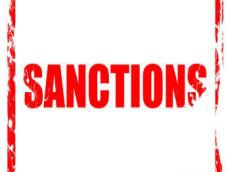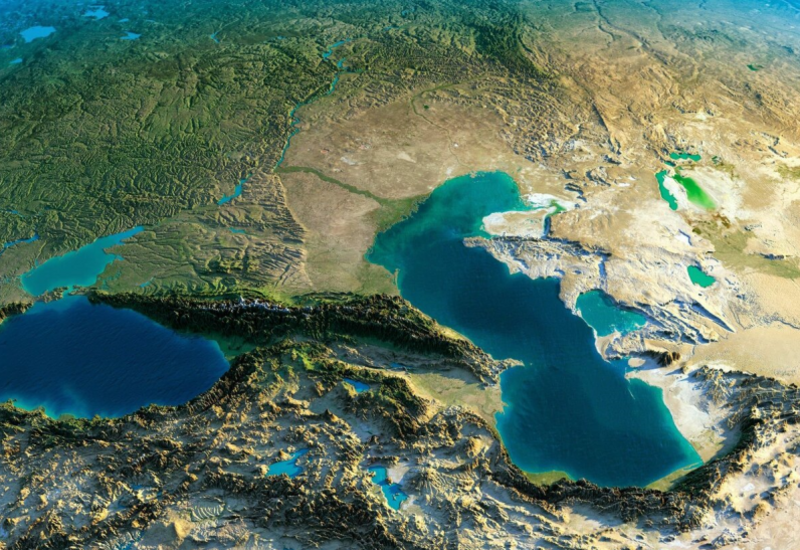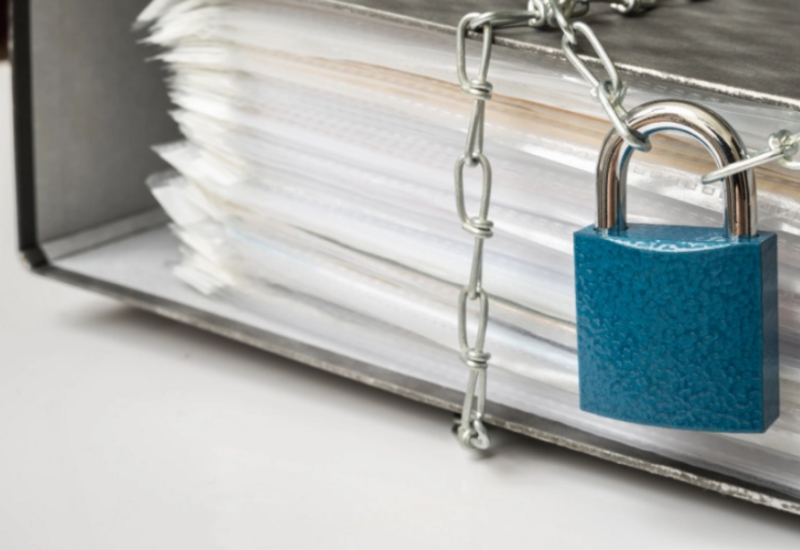|
|
TODAY.AZ / World news
US sanctions, low oil prices stalling forex rate unification in Iran
29 August 2017 [11:51] - TODAY.AZ

By Trend
Two main factors continue to keep the prospect of unified exchange rates in Iran at a distance, an Iranian baker told Trend August 27.
While US restrictions inhibit big international banks from approaching Iran, lowering oil prices in the past couple of years have kept Iran’s need for incoming foreign currency unfulfilled, Ahmad Mojtahed, member of Bank Saman board of governors and former head of Central Bank of Iran’s (CBI) Monetary and Banking Research Center said.
Iran has already managed to meet some of the requirements it needs in order to be able to unify official and free-market currency rates, Mojtahed said.
"These include success in curbing inflation rate, freeing Iran’s frozen assets abroad, as well as the conclusion of the nuclear deal. But, foreign investment has not yet been lured into Iran, mostly due to hindrances the US has created for big banks."
"There used to be other problems as well, such as harsh restrictions on Iranian banks, posed by the CBI. However, the CBI has started to gradually lift these restrictions and banks are now freer to engage in exchange operations."
Mojtahed concluded, "I believe as long as we are not connected to international markets, the problem will persist. Oil prices have fallen in the past two years, resulting in shrinking oil revenues, i.e. foreign currencies, coming to Iran. At such point, foreign investment, or finding funding resources through foreign banks should be given high priority."
Masoud Nili, President Hassan Rouhani’s then economic advisor said in October 2016 that ran’s national budget for 2017-18 will be prepared based on unified exchange rates. However, the government has not been able to materialize its plans to unify the rates.
Unification of forex rates is considered a crucial requirement for the reintegration of Iran into the global banking system and payment networks. Iran was forced to revert to the controversial double exchange rate regime after nuclear-related sanctions unleashed turmoil in the forex market in 2011-12 in which the national currency lost almost 70% of its value within days.
In a move to facilitate forex unification, the Export Guarantee Fund of Iran (EGFI) announced in May that it will protect exporters against foreign currency fluctuations.
The volatile currency market of Iran in the final months of 2016 saw the rial hit record lows against the greenback, reaching 41,500 rials to the dollar in the free market in late December and putting the kibosh on the Central Bank of Iran’s plans to scrap the country’s dual exchange rate by the yearend.
The business community and independent observers have made strong demands that the government unify the exchange rates and stop its forex market intervention for propping up the rial.
In October 2016, Iran’s Ministry of Petroleum liberalized foreign exchange rate for oil product payments.
Accordingly, the feedstock that is to be sold to petrochemical factories, including naphtha, liquefied gas, pentane, and Linear alkylbenzene will be priced according to the USD price at Iran’s free market (around 36,000 rials at that time) instead of governmental price (around 31,700 rials then), practiced to that date.
URL: http://www.today.az/news/regions/164493.html
 Print version
Print version
Connect with us. Get latest news and updates.
See Also
- 05 December 2025 [23:23]
Kia celebrates 80th with new concept car - 05 December 2025 [22:49]
Certain citizens may face US entry limits - 05 December 2025 [21:42]
France targets Shein with temporary block - 05 December 2025 [20:50]
China launches longest nonstop flight - 05 December 2025 [09:00]
Teen social media accounts block in Australia - 05 December 2025 [08:00]
Android adds feature to mark urgent calls - 04 December 2025 [23:50]
Georgia bans foreign students in public universities - 04 December 2025 [23:23]
Ankara to deploy voice-guided AEDs across public spaces under 2026 regulation - 04 December 2025 [22:23]
Kahramanmara? reconstruction accelerates with 52,000 homes delivered - 04 December 2025 [21:22]
Turkiye, Pakistan sign major hydrocarbon deals in landmark energy cooperation
Most Popular
 The Trans-Caspian gas pipeline is coming back: and who will pay?
The Trans-Caspian gas pipeline is coming back: and who will pay?
 Baku Network joins Think Tank Platform
Baku Network joins Think Tank Platform
 Over 25,000 participants expected at UN World Urban Forum 13 in Azerbaijan
Over 25,000 participants expected at UN World Urban Forum 13 in Azerbaijan
 Azerbaijan’s Foreign Minister departs for Vienna on working visit
Azerbaijan’s Foreign Minister departs for Vienna on working visit
 Azerbaijan, Estonia discuss cooperation on innovative tax administration models
Azerbaijan, Estonia discuss cooperation on innovative tax administration models
 Pashinyan showed the wrong side of the Karabakh negotiations: there is no sensation for us, it is a shock for the Armenians
Pashinyan showed the wrong side of the Karabakh negotiations: there is no sensation for us, it is a shock for the Armenians
 Baku’s strategic patience ends Minsk Group era, rewrites regional power dynamics
Baku’s strategic patience ends Minsk Group era, rewrites regional power dynamics
